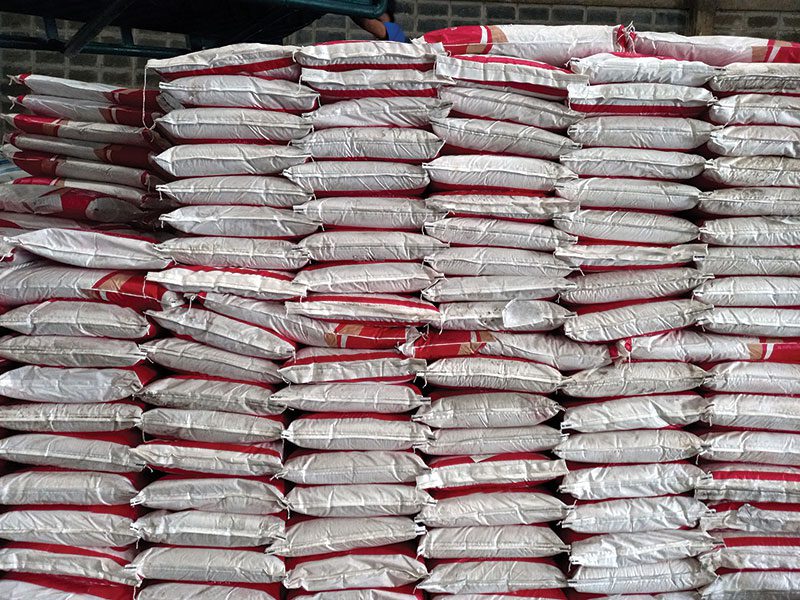Your cart is currently empty!

No easy solution to packaging dilemma
In July 2024 a government mandated recycling scheme will come into force covering all farm plastics.
While the agricultural industry has taken some impressive steps over the past decade to recycle silage wrap, pit covers and agrichemical containers, this is in fact the low hanging fruit.
Chemical containers are typically made of high density polyethylene (HDPE) while silage stretch film is made from linear low density polyethylene (LLDPE) and pit covers from low density polyethylene (LDPE).
Given their quality and potential yield from processing both of these products can be rendered into resins and turned into new products.
Because of this, processors are willing to pay for used HDPE, LLDPE and LDPE and this offsets some of the cost of collecting and transporting them for recycling.
More difficult to achieve will be recycling the lower-quality plastic that is used to package many of the retail products that farmers buy, such as seed, feed and minerals.
The low-cost plastics used in this packaging (predominantly woven polypropylene) are difficult to recycle or they have little economic value, so they are more expensive to recycle.
At this point there are no serious alternatives to the cheap, durable plastic packaging that is now widely used.
Therefore the industry faces a dilemma and the various businesses that are part of the supply chain must join forces to address it.
The types of plastics commonly used in retail packaging are:
- Low density polyethylene (LDPE). When it comes to recycling, LDPE is the preferred packaging. But LDPE is more expensive than other types of packaging, so it less common.
- Woven polypropylene (WPP). WPP 20-kg bags and bulk bags are more often used to package products sold to farmers in New Zealand. WPP bags are strong and inexpensive, and they can be recycled. The issue is that recycled WPP resins are lower quality than HDPE and LDPE resins, and processors are unwilling to pay for used WPP packaging. This makes it uneconomical to recycle WPP bags unless someone pays processors to take it off the end users’ hands.
- Biaxially oriented polypropylene (BOPP). BOPP is a cheap, light, waterproof material that does not tear easily and can be used as a printing surface. These qualities make it is very handy for low-cost packaging. The bag your potato crisps come in is BOPP, for example. Unfortunately, because BOPP packaging contains a mix of plastics, it is difficult to recycle.
So this is the dilemma: high quality plastic, which can be recycled, is too expensive to be used in packaging, but low cost (and effective) plastic packaging is either too expensive or too difficult to recycle.
Alternatives to plastic
What are the alternatives? One suggestion is that heavy duty paper bags could be used to retail many agricultural products.
Paper offers some obvious advantages over plastic. It is made from a renewable resource – trees – while plastic is made from non-renewable petroleum. Paper is also biodegradable, so it does not pose the threat to ocean life that plastic does.
The environmental impact of producing paper is also high, however.
The BBC cites a study commissioned by the Northern Ireland Assembly that found it takes four times more energy to produce a paper bag as it does to produce a plastic bag.
Paper is also heavier, so it requires more energy to transport it, which adds to its carbon footprint. And paper manufacturing produces more toxic chemicals than manufacturing plastic bags.
Paper has a number of other drawbacks. One is that it cannot get wet. To combat this, some paper packaging has a plastic lining, which can make it more difficult to recycle because the paper and plastic need to be separated before any processing can take place
Biodegradable plastic is another proposed alternative to standard plastic packaging.
On the surface this seems to be a logical solution, but several issues make it unlikely.
For one, as plastic degrades it releases microplastic, which enter the environment and potentially the food chain.
